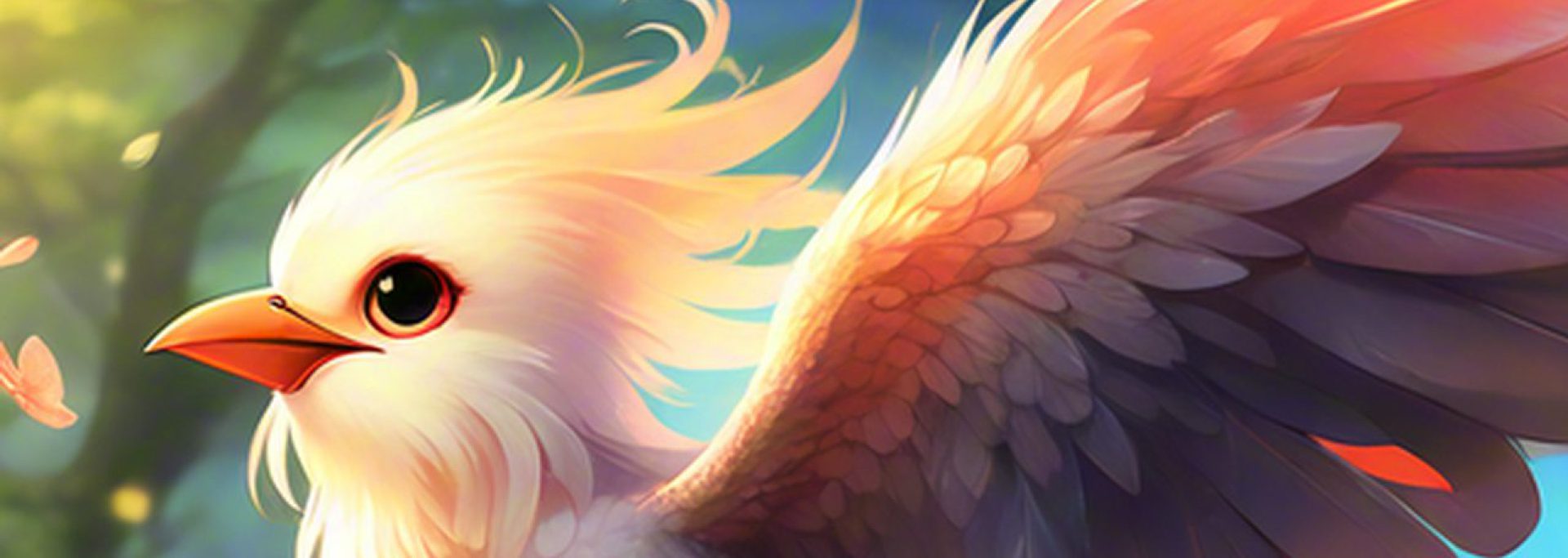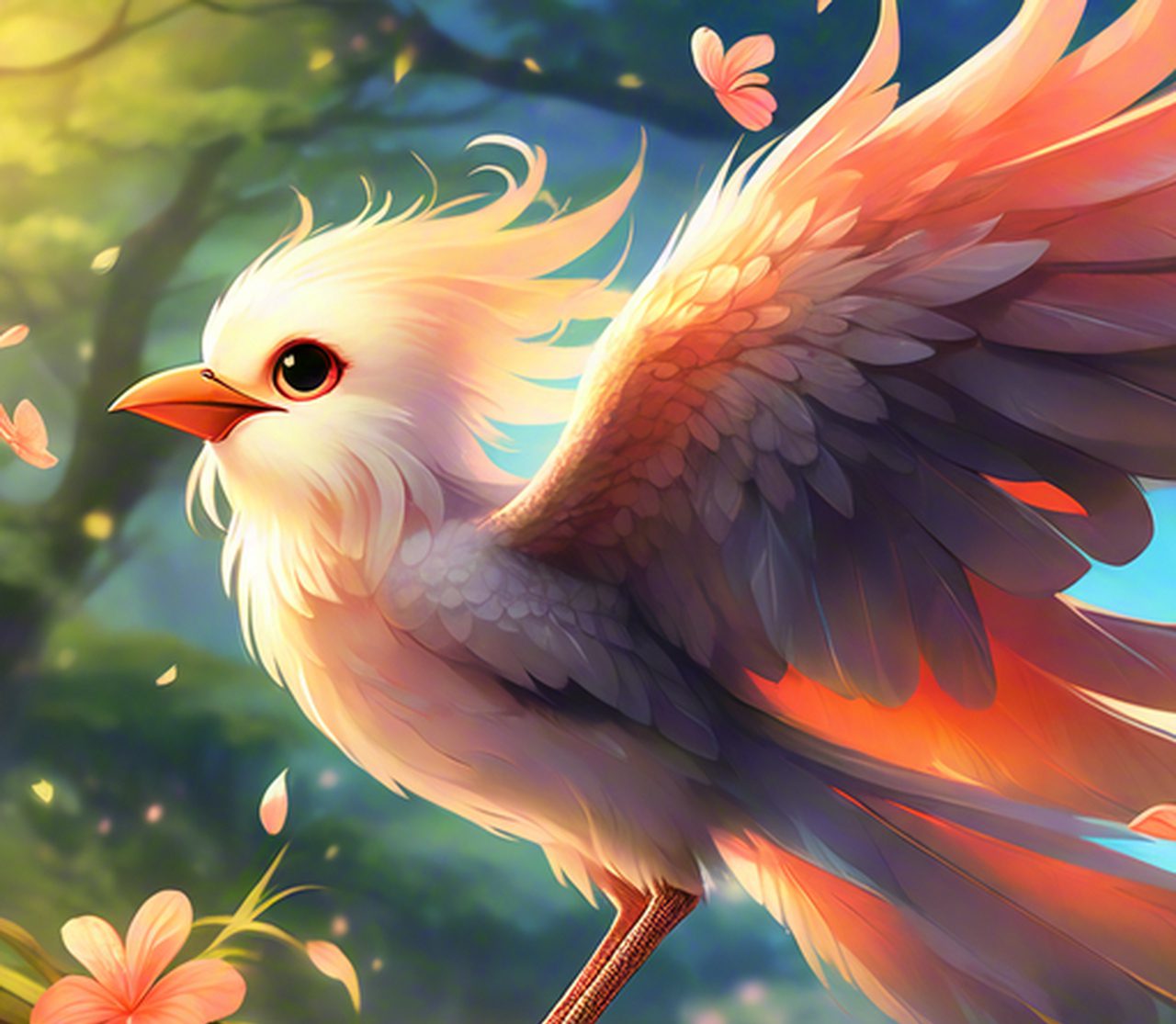Lecture: Drag and Drop – It’s Not Just for Windows Anymore! Mastering Draggable and DragTarget in Flutter
(Sound of a dramatic organ chord followed by a record scratch. A spotlight illuminates the presenter, wearing a Flutter-branded cape and a slightly crooked crown.)
Greetings, aspiring Flutteristas and Flutterati! I am your guide, your shepherd, your coding confidante, here to illuminate the path to drag-and-drop enlightenment! 🧙♂️✨
Today, we’re diving deep into the delightful world of Draggable and DragTarget widgets. Forget those clunky, OS-dependent drag-and-drop implementations of yesteryear. We’re talking pure, unadulterated, cross-platform, Flutter-powered dragging bliss! 🤩
(The presenter pulls out a tiny, plush Flutter logo from their pocket and hugs it dramatically.)
Why Drag and Drop? Because It’s Fun! (And Useful)
Let’s face it, GUIs were made for drag and drop. It’s intuitive, it’s interactive, and it makes your app feel, well, alive! Imagine:
- Reordering Lists: No more clunky "move up" and "move down" buttons. Just grab and go!
- Building Interfaces: Think visual editors where users can arrange components with a simple drag.
- Game Development: Moving pieces on a board, dragging characters across a battlefield – the possibilities are endless!
- Content Creation: Dragging images and text into a layout to design stunning visuals.
And the best part? Flutter makes it relatively painless (okay, mostly painless) to implement.
(The presenter winks.)
The Dynamic Duo: Draggable and DragTarget
Our drag-and-drop heroes come in two flavors:
Draggable: The instigator, the aggressor, the thing that gets dragged. Think of it as the rambunctious toddler of the widget world. 👶DragTarget: The receiver, the acceptor, the zone where theDraggablecan land. Picture it as the patient parent, waiting to catch whatever chaos the toddler throws its way. 🧓
They work in tandem, a beautiful ballet of touch events and state management. The Draggable initiates the drag, and the DragTarget reacts based on whether the Draggable is hovering over it, dropped into it, or… completely ignored. 💔
(The presenter dramatically clutches their chest.)
The Anatomy of a Draggable Widget: Unveiling the Secrets
Let’s crack open the Draggable widget and see what makes it tick.
Draggable<T>({
Key? key,
required this.child,
required this.feedback,
this.data,
this.axis,
this.childWhenDragging,
this.feedbackOffset = Offset.zero,
this.dragAnchorStrategy = childDragAnchorStrategy,
this.onDragStarted,
this.onDragUpdate,
this.onDragEnd,
this.onDraggableCanceled,
this.affinity,
this.ignoringFeedbackSemantics = true,
this.maxSimultaneousDrags,
})(The presenter points a laser pointer at the screen, circling the code.)
Okay, that looks… intimidating. But fear not! Let’s break it down into digestible chunks:
| Property | Type | Description | Example |
|---|---|---|---|
child |
Widget |
The widget that will be dragged. This is the visual representation of the draggable item before the drag starts. Think of it as the "before" picture. 🖼️ | Container(width: 100, height: 100, color: Colors.blue) |
feedback |
Widget |
The widget that is displayed while the drag is in progress. This is what the user actually sees being dragged around. Think of it as the "during" picture. 📸 | Container(width: 120, height: 120, color: Colors.blue.shade300) |
data |
T (Generic Type) |
The data that is passed to the DragTarget when the Draggable is dropped. This is the payload of the drag operation. It can be anything: a string, a number, an object, even another widget! 🎁 |
'My Draggable Item' , 123, MyCustomObject() |
axis |
Axis? |
Restricts the drag to a single axis (horizontal or vertical). Prevents diagonal dragging. 🚫 | Axis.horizontal, Axis.vertical |
childWhenDragging |
Widget? |
The widget that is displayed in place of the child when the drag is in progress. Think of it as the "after" picture that replaces the original. 🔄 |
Container(width: 100, height: 100, color: Colors.grey) |
feedbackOffset |
Offset |
An offset applied to the feedback widget. Useful for positioning the dragged item relative to the user’s finger/cursor. |
Offset(20, -20) |
dragAnchorStrategy |
DragAnchorStrategy |
Determines the anchor point of the feedback widget relative to the pointer. childDragAnchorStrategy (default) anchors to the center of the child. Other options like pointerDragAnchorStrategy can be used. |
pointerDragAnchorStrategy, childDragAnchorStrategy |
onDragStarted |
VoidCallback? |
A callback that is called when the drag starts. Useful for performing actions at the beginning of the drag. 🎬 | () { print('Drag started!'); } |
onDragUpdate |
DragUpdateCallback? |
A callback that is called continuously while the drag is in progress. Useful for tracking the drag’s position. 📡 | (details) { print('Drag position: ${details.globalPosition}'); } |
onDragEnd |
DragEndCallback? |
A callback that is called when the drag ends (either successfully or unsuccessfully). Provides information about the drag result. 🏁 | (details) { if (details.wasAccepted) { print('Drag accepted!'); } } |
onDraggableCanceled |
DraggableCanceledCallback? |
A callback that is called when the drag is canceled (e.g., the user lifts their finger without dropping the item on a DragTarget that accepts the data). ❌ |
(velocity, offset) { print('Drag canceled!'); } |
affinity |
Axis? |
(Deprecated) Specifies which axis this draggable will prefer to start dragging on. Use axis instead. |
N/A |
ignoringFeedbackSemantics |
bool |
Whether the feedback widget should be ignored by screen readers. Defaults to true. | true, false |
maxSimultaneousDrags |
int? |
The maximum number of simultaneous drags allowed for this draggable. Useful for preventing multiple items from being dragged at the same time. | 1, null (unlimited) |
(The presenter takes a deep breath.)
Whew! That’s a lot of properties. But don’t worry, you don’t need to use them all at once. The child, feedback, and data properties are the most crucial for basic drag-and-drop functionality.
The DragTarget Widget: The Welcoming Mat
Now, let’s turn our attention to the DragTarget widget, the gracious host of our drag-and-drop party.
DragTarget<T>({
Key? key,
required this.builder,
this.onWillAccept,
this.onAccept,
this.onAcceptWithDetails,
this.onLeave,
this.onMove,
this.onWillAcceptWithDetails,
})(The presenter pulls out a welcome mat with the DragTarget logo on it.)
Here’s the breakdown of the DragTarget properties:
| Property | Type | Description | Example |
|---|---|---|---|
builder |
DragTargetBuilder<T> |
A function that builds the visual representation of the DragTarget. This function is called whenever the state of the DragTarget changes (e.g., when a Draggable is hovering over it). It receives the current state of the DragTarget as arguments. 🏗️ |
(context, candidateData, rejectedData) { return Container(...); } |
onWillAccept |
WillAccept<T>? |
A function that is called when a Draggable is hovering over the DragTarget. It returns true if the DragTarget is willing to accept the data from the Draggable, and false otherwise. Think of it as the bouncer at the door. 🚪 |
(data) { return data == 'My Draggable Item'; } |
onAccept |
Accept<T>? |
A function that is called when a Draggable is dropped onto the DragTarget and onWillAccept returned true. This is where you handle the logic of accepting the data. 🎉 |
(data) { print('Accepted data: $data'); } |
onAcceptWithDetails |
AcceptWithDetails<T>? |
A function similar to onAccept, but provides more detailed information about the accepted drag. |
(details) { print('Accepted data: ${details.data}, offset: ${details.offset}'); } |
onLeave |
DragTargetLeave<T>? |
A function that is called when a Draggable leaves the DragTarget‘s area. Useful for resetting the visual state of the DragTarget. 🚶 |
(data) { print('Draggable left with data: $data'); } |
onMove |
DragTargetMove<T>? |
A function that is called when a Draggable is moved over the DragTarget. Provides details such as the Offset of the draggable. |
(details) { print('Draggable moved to offset: ${details.offset}'); } |
onWillAcceptWithDetails |
WillAcceptWithDetails<T>? |
Similar to onWillAccept but includes details like the Offset of the draggable. Useful for making acceptance decisions based on the drag’s location. |
(details) { return details.offset.dx > 100; } |
(The presenter bows dramatically.)
Again, the builder, onWillAccept, and onAccept are the most commonly used properties.
Putting It All Together: A Simple Drag-and-Drop Example
Let’s create a simple example where we can drag a blue box into a green box.
import 'package:flutter/material.dart';
void main() {
runApp(MyApp());
}
class MyApp extends StatelessWidget {
@override
Widget build(BuildContext context) {
return MaterialApp(
title: 'Drag and Drop Demo',
home: Scaffold(
appBar: AppBar(
title: Text('Drag and Drop Fun!'),
),
body: Center(
child: Row(
mainAxisAlignment: MainAxisAlignment.spaceEvenly,
children: [
Draggable<String>(
data: 'Blue Box',
child: Container(
width: 100,
height: 100,
color: Colors.blue,
child: Center(child: Text('Drag Me!', style: TextStyle(color: Colors.white))),
),
feedback: Container(
width: 120,
height: 120,
color: Colors.blue.shade300,
child: Center(child: Text('Dragging...', style: TextStyle(color: Colors.white))),
),
childWhenDragging: Container(
width: 100,
height: 100,
color: Colors.grey,
child: Center(child: Text('Dragging...', style: TextStyle(color: Colors.white))),
),
),
DragTarget<String>(
builder: (context, candidateData, rejectedData) {
return Container(
width: 100,
height: 100,
color: candidateData.isNotEmpty ? Colors.green.shade300 : Colors.green,
child: Center(child: Text('Drop Here!', style: TextStyle(color: Colors.white))),
);
},
onWillAccept: (data) {
return data == 'Blue Box';
},
onAccept: (data) {
print('Accepted: $data');
// You can update the state here to reflect the successful drop.
ScaffoldMessenger.of(context).showSnackBar(SnackBar(content: Text('Blue Box Dropped!')));
},
),
],
),
),
),
);
}
}(The presenter points to the code with a flourish.)
In this example:
- We have a
Draggablethat displays a blue box with the text "Drag Me!". Thedataproperty is set to'Blue Box'. - The
feedbackwidget is a slightly lighter blue box with the text "Dragging…". - The
childWhenDraggingwidget is a grey box, which replaces the original blue box while dragging. - We have a
DragTargetthat displays a green box with the text "Drop Here!". - The
onWillAcceptfunction checks if the incoming data is'Blue Box'. If it is, it returnstrue, allowing the drag to be accepted. - The
onAcceptfunction prints a message to the console and shows a snackbar when the drag is successfully completed. - The
builderchanges the color of the target box when a valid draggable is hovering over it.
(The presenter claps their hands together.)
Run this code, and you’ll be able to drag the blue box over to the green box. When you release the mouse button (or lift your finger), the onAccept function will be called, and you’ll see the message in the console and a snackbar at the bottom of the screen!
Advanced Techniques and Considerations
Now that you’ve mastered the basics, let’s explore some more advanced techniques:
- State Management: Drag-and-drop often involves updating the state of your application. Use
setState,Provider,Riverpod,Bloc, or your favorite state management solution to reflect the changes caused by the drag operation. - Complex Data: Don’t limit yourself to simple strings! You can pass complex objects as the
dataproperty. Just make sure theDragTargetknows how to handle them. - Visual Feedback: Use the
builderproperty of theDragTargetto provide visual feedback to the user. Change the color, add a border, or display a different icon when aDraggableis hovering over theDragTarget. - Performance: If you’re dragging a large number of items, be mindful of performance. Consider using
ListView.builderorGridView.builderwith appropriate caching strategies. - Accessibility: Ensure your drag-and-drop implementation is accessible to users with disabilities. Use semantic labels and provide alternative input methods.
- Custom Drag Anchor: Use
dragAnchorStrategyto change where the feedback widget attaches to the user’s pointer. This can be useful to create a more intuitive dragging experience.
Common Pitfalls and How to Avoid Them
- Forgetting the
dataproperty: If you don’t set thedataproperty of theDraggable, theDragTargetwon’t know what to do with it. 🤦♀️ - Incorrect
onWillAcceptlogic: Make sure youronWillAcceptfunction correctly validates the incoming data. Otherwise, you might end up accepting the wrong items. 🤷♀️ - Not updating the state: If you don’t update the state of your application after a successful drag, the UI won’t reflect the changes. 🤦♂️
- Overly complex
builderfunction: Keep thebuilderfunction of theDragTargetsimple and efficient. Avoid performing heavy computations inside it. 🐌
Conclusion: Drag and Drop Your Way to Success!
(The presenter strikes a heroic pose.)
Congratulations, you’ve now unlocked the secrets of drag and drop in Flutter! Go forth and create amazing, interactive user interfaces that will delight and amaze your users. Remember, practice makes perfect, so experiment with different scenarios and have fun!
(The presenter throws Flutter-branded confetti into the air.)
And as always, happy Fluttering! 🦋
(The lights fade, and the audience erupts in applause.)

